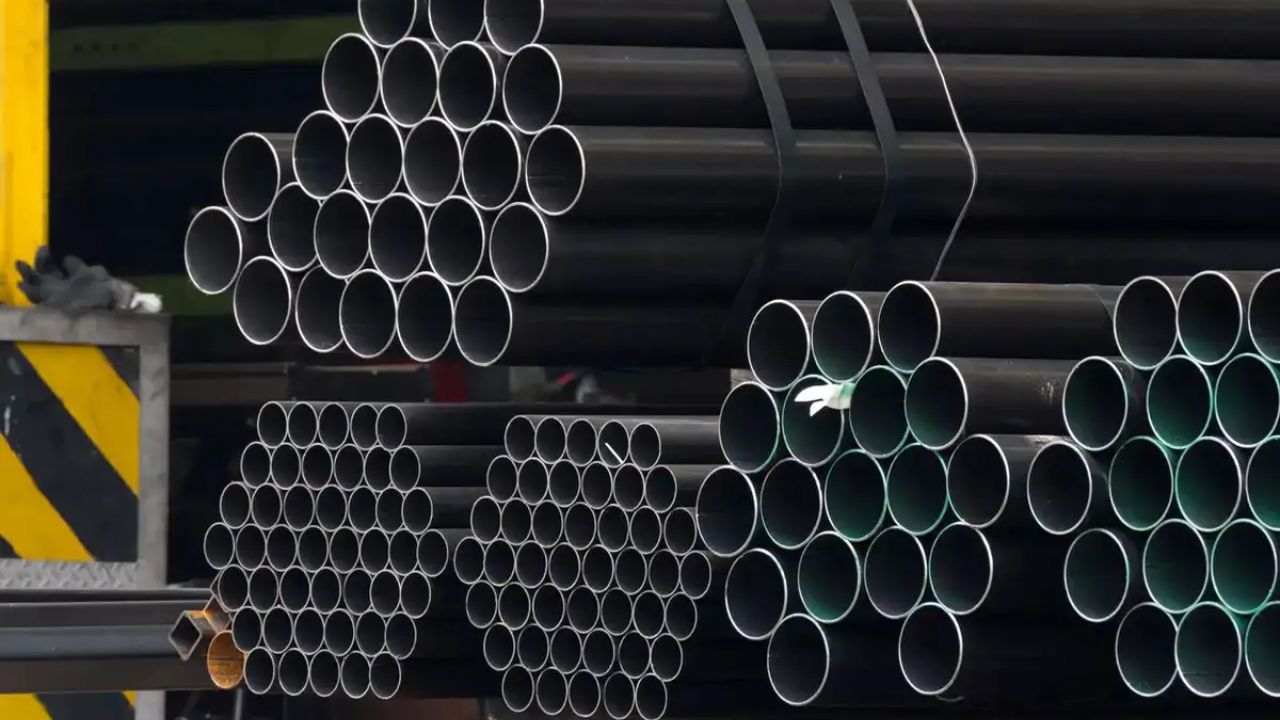Lightweight hollow steel tubes have become important in construction and engineering. This is due to their mix of power, resilience, and low cost. Their hollow shape helps cut down weight without affecting their strength, so they are chosen for many different uses. Hollow Structural Section Types include circular, square, and rectangular shapes. Since 1998, PandaPipe and other manufacturers have led the way in producing top-quality hollow steel tubes, helping projects everywhere to gain from their cost-effective benefits. This article looks at how lightweight hollow steel tubes improve modern construction and industrial processes.
Reduced Transportation and Handling Costs
Because hollow steel tubes are lighter than solid steel, it costs less to transport and handle them. Because lightweight tubes consume less fuel during transport, shipping them is much cheaper, mainly for large or far-reaching projects. This advantage increases global supply chains because transportation costs can be a major part of the total project budget.
Lightweight tubes also make on-site handling more cost-effective. By handling hollow steel tubes more easily, less machinery and fewer people are required, making construction happen faster. When installation is faster, projects can be finished early, which saves money on labor and renting equipment.
More Effective Use of Building Materials
The geometry of lightweight hollow steel tubes results in them being very efficient for structural use. The tube’s hollow center lets material be used efficiently, resulting in a strong tube that weighs less. Thanks to this efficiency, engineers can make structures that still perform well with less steel which means using less material overall.
Using hollow steel tubes in construction frequently makes it possible to avoid adding more support structures, making designs less complex and easier to put together. Because they are simple, these systems are less costly to construct and to maintain in the long run. Also, hollow tubes with higher torsional and bending resistance help the structure last longer and reduce both repair costs and time when the structure is not in use.
Lower Maintenance Expenses
There are economic benefits to lightweight hollow steel tubes that last through the life of the structure, not only during construction. A lot of hollow steel tubes are coated with galvanization, powder coating or special paints to prevent them from corroding and wearing away. Because of this protection, you often do not have to maintain or replace the structure as often which cuts down on the total cost of ownership.
In addition, because they are lighter and have less area exposed to pressure, hollow steel tubes suffer less wear and tear than most other materials used in construction. Because they are so durable, they help maintain the stability of buildings in rough areas like coastal zones, factories, or outside sites.
More options for design and lower expenses
The fact that hollow steel tubes are lightweight allows architects and engineers to experiment with new construction methods that would be too difficult or costly to consider otherwise. Complex forms, large clear spans and open areas can be achieved with little additional cost for materials or labor. Being able to customize tubes in terms of size, thickness and finish helps create solutions that deliver the most value for every project.
Because of this flexibility, projects may be approved faster, use less energy, and look better, which can raise the building’s value. Moreover, using hollow steel tubes in modular construction allows for faster and cheaper building because most of the work can be done away from the site and assembled quickly when needed.
Saving on Materials
A major benefit of using lightweight hollow steel tubes is that they help lower the cost of materials. Using a hollow structure instead of solid steel, these tubes become strong and rigid while using less raw material. Using less steel saves you money on materials. Using hollow steel tubes in construction allows companies to save money on materials, so they can put those savings into areas such as labor, equipment, or designing the building.
This also means that the projects have a smaller effect on the environment. This part of the business supports sustainability targets, assists in complying with regulations on materials and emissions, and may save the company from heavy penalties and future expenses.
Conclusion
Building and manufacturing industries find hollow steel tubes to be a smart and affordable solution. Their capacity to use less material, reduce transportation and handling costs, and enhance a building’s structure leads to savings at every stage of the project. Because these tubes need less maintenance and can be designed in many ways, they help reduce both initial and long-term costs.
Thanks to PandaPipe’s long history and commitment to international rules, high-quality hollow steel tubes are offered around the world for various needs. Because the construction industry now values both sustainability and affordability, lightweight hollow steel tubes are expected to play a bigger role and become essential in engineering and architecture.


